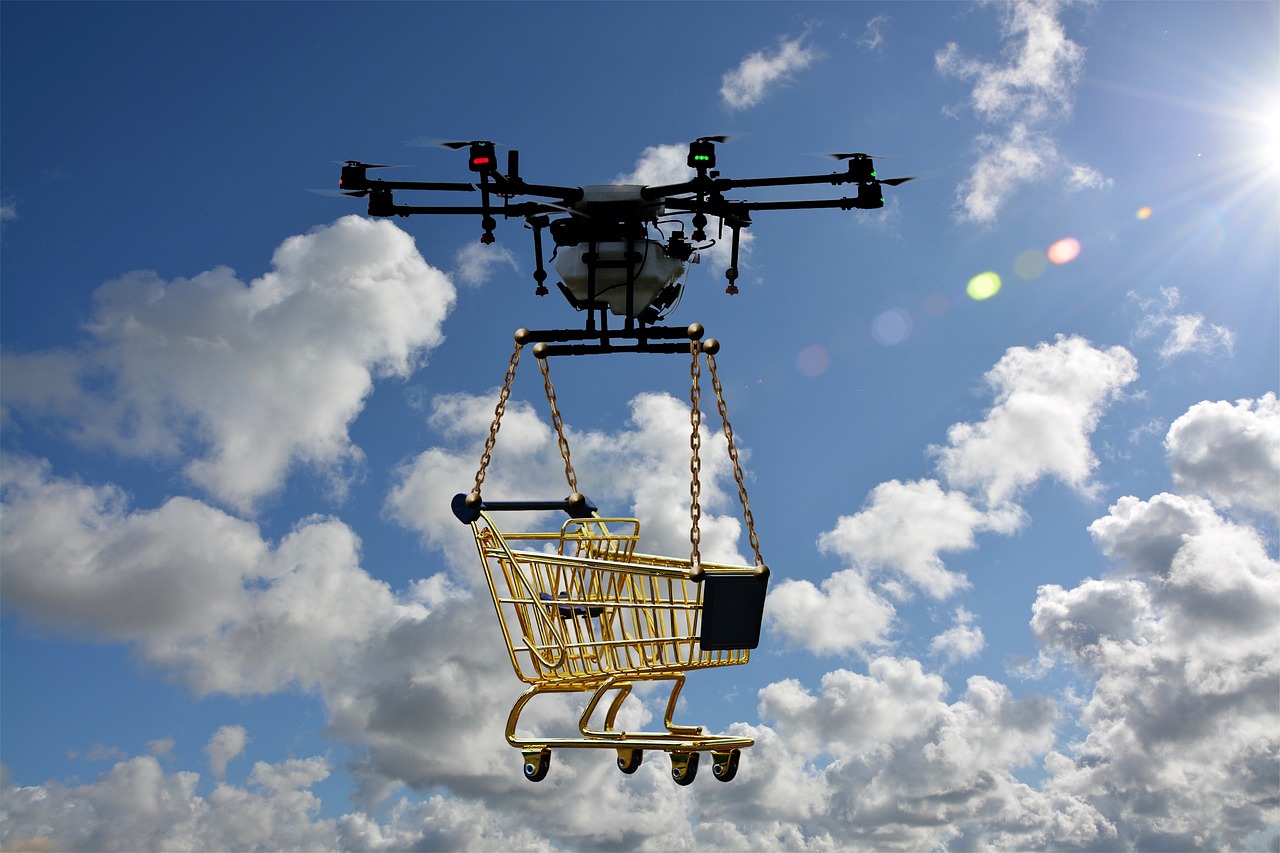The Strategic Emergence of Drone Delivery in Supply Chain Resilience
The Strategic Emergence of Drone Delivery in Supply Chain Resilience
As the landscape of logistics and shipment undergoes swift transformations, a seemingly nascent yet deeply impactful trend surfaces: the strategic incorporation of drone delivery services in bolstering supply chain resilience. This movement comes in light of impending disruptions, whether through geopolitical tensions, environmental uncertainties, or infrastructural faults, all of which clamor for ingenious, adaptable solutions.
29 February 2024
BACK TO BLOGS

What's Changing?
Recent disruptions in trade routes, such as those caused by weather events and geopolitical tensions, have underscored the fragility of traditional supply lines. In parallel, advancements in automation, specifically drone technology, signal a paradigm shift. Innovative companies are now redirecting their focus toward aerial logistics as a complement, if not an alternative, to ground and sea transportation.
Manufacturing hubs, such as the Uttar Pradesh Defence Corridor, have begun considering drone services to exact precision delivery, especially in areas where ground transportation could meet significant delays or dangers. Similarly, industries are leveraging gen-AI technologies to fine-tune the operational aspects of drone delivery systems for efficiency and reliability.
Why is this Important?
The strategic integration of drone delivery within supply chains carries game-changing potential. Not only can it mitigate risks associated with conventional transport means, as evidenced by recent landslips and signaling faults in the UK, but can also provide unprecedented agility in responding to demand surges and supply chain bottlenecks. Furthermore, drones are emerging as pivotal assets in the pursuit of environmental goals, such as those proposed for CO2 reduction through sub-seabed storage, by potentially minimizing the carbon footprint associated with shipping and delivery.
Implications
With the advent of technologically-sophisticated drones, bolstered by AI and machine learning, businesses can expect a transformation in how goods are transported, presenting avenues for cost savings and speed. However, this leap forward demands adaptation, including regulatory compliance, airspace management, and cross-sector collaborations. There's also a need for resilient digital infrastructures to support these sophisticated machines, aligning with the theme of increased digitization and automization across industries.
For industries with sensitive timelines or those situated in remote areas, drone delivery promises enhanced connectivity and expedited services, hence changing the dynamic of customer expectations. Supply chains would need to evolve—pivoting from just-in-time to just-in-case strategies, solidifying the resilience against disturbances of any nature.
Questions
-
What regulatory frameworks need establishment or revision to integrate drones effectively into commercial airspace?
-
How can industries strike a balance between investing in drone technology and ensuring cybersecurity amidst the burgeoning digital threats?
-
In which ways can collaboration between private entities and public bodies expedite the adoption of drone delivery services?
-
What are the privacy implications for residential areas during the widespread adoption of delivery drones?
Summary
In conclusion, the utilization of drones within the delivery and logistics sector stands as more than a fleeting intrigue—it's the dawning of a robust alternative to traditional supply chain processes. As these aerial vehicles become more integrated, they pave the way for a more resilient and responsive commerce structure equipped to handle the unpredictable fluctuations of an ever-evolving market landscape.
Bibliography
Sources that contributed to the trend analysis:
